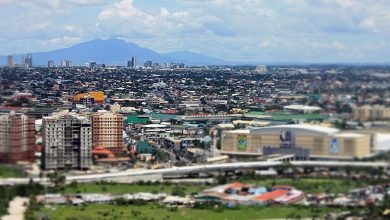Music
The music of the Philippines is a collection of number of influences that the country have had. Some of the well-known personalities in Music industry were the composers in 1960s and 1970s. Lucrecia Kasilag, pioneering task to discover the Filipino roots through ethnic music and fusing it with Western influences has led many Filipino composers to experiment with such approach. Felipe de Leon, who is known for his prodigious body of musical compositions, notably sonatas, marches and concertos have become the full expression of sentiments and aspiration of the Filipinos in the times of strife and of peace. Bayani de Leon and Jerry Dadap had written most serious music for the rondalla.
The people of the Philippines are known to have been fond of music and dancing in pre-colonial times, even though for the most part they did not know a single note of music. They seem to have had numerous instruments percussion instruments like cymbals and a kind of drum; a type of small guitar (kudyapi) which was apparently played all over the archipelago; and in certain regions a harp and a violin made of bamboo, a flute with four finger-holes and copper gongs.
The introduction of Western instruments led to the abandonment of the old pentatonic music, and singing was influenced by the choral and instrumental music of the church. Nevertheless a number of original types of song developed in the 19th century the kumintang, a romantic song; the kundiman, a kind of ballad; and the balitaw, which might be lively and humorous or slow and melancholy according to the region. The music of the 20th century, highly westernised though it is, uses themes from traditional folk songs; composers like Nicanor Abelardo and Francisco Santiago, in his Tagalog pieces and his symphony in D major, use traditional instruments, including some Muslim ones; and Abdon’s Cantata is based on Tagalog Passions (0h! Dios sa Kalangitan).
Rondalla was brought by Spaniards in the Philippines in 1800s. The early Philippine rondalla repertoire consisted primarily of Western European symphonic overtures and arias from operas. At present, the standard Philippine rondalla consists of the pear-shaped piccolo bandurria, bandurria la-ud and the gutiar-shaped octavina and mandola, guitarra and bajo de unas (which has been supplanted by double bass).
Avant-garde composers like Ramon Pagayon Santos and Jose Maceda seek to combine Western and Asiatic percussion effects.




